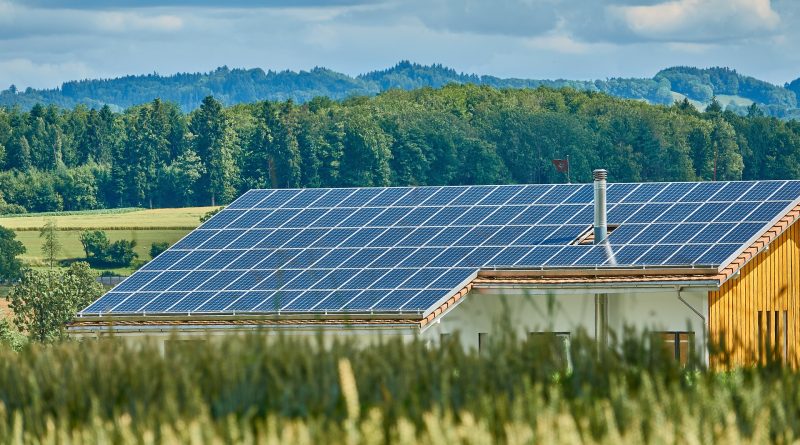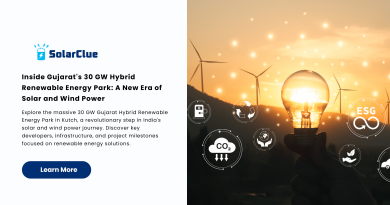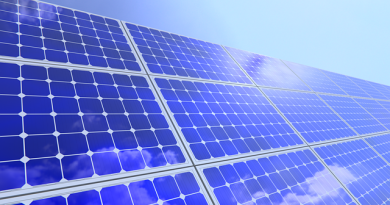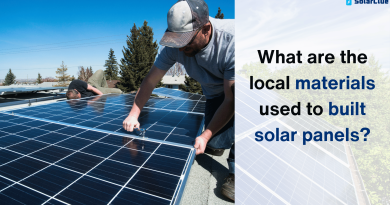Decoding Off-Grid Solar Plants: A Closer Look
In recent years, there has been a growing interest in renewable energy sources as an alternative to traditional fossil fuels. One such source is solar power, which utilizes the abundant energy from the sun to generate electricity. While many are familiar with solar panels on rooftops, off-grid solar plants offer a unique solution for those living in remote areas or seeking independence from the grid. In this blog, we will explore how off-grid solar plants work and the benefits they offer.
Table of Contents
Understanding Off-Grid Solar Plants
Off-grid solar power plants are independent energy systems that capture and store solar energy without relying on the main power grid. These systems are particularly useful in rural or remote areas where there is limited or no access to electricity. Off-grid solar plants consist of several key components that work together to generate and store electricity.
Solar Panels and Sunlight Capture
The core component of an off-grid solar plant is the solar panel. These panels consist of photovoltaic cells, which convert sunlight into electricity. The panels are specifically designed to efficiently capture and convert as much sunlight as possible. The panels are typically installed at an angle to maximize exposure to the sun throughout the day.
Battery Storage System
Off-grid solar plants require a way to store excess energy for use during periods of low sunlight or at night. This is where battery storage systems come into play. The excess electricity generated by the solar panels is stored in batteries, which can then be used to power appliances and lighting when the sun is not shining. These batteries are often deep cycle batteries, capable of withstanding cycles of charging and discharging.
Inverter and Power Regulation
To make the stored energy usable, it needs to be converted from direct current (DC) to alternating current (AC) – the standard form of electricity used in homes and businesses. This is the job of an inverter. The inverter converts the DC electricity from the solar panels and batteries into AC electricity that can be used to power household appliances and other electrical devices. In addition to the inverter, off-grid solar plants may also incorporate power regulation devices to ensure a stable and consistent power supply.
Charge Controller
To protect the batteries and optimize their lifespan, off-grid solar plants employ charge controllers. Charge controllers monitor the battery’s charge level and regulate the flow of electricity coming from the solar panels. They prevent overcharging, which can damage the batteries, and also protect against power surges or fluctuations that could harm the system.
Backup Generator
While off-grid solar plants aim to provide self-sustaining power, it can be advantageous to have a backup generator as a secondary power source. This is especially important during prolonged periods of low sunlight, such as during winter months or in areas with excessive cloud cover. The backup generator can supply electricity when the solar panels cannot generate enough power to meet the demand.
Conclusion
Off-grid solar plants offer a reliable and sustainable solution for those looking to become less reliant on the traditional power grid. By capturing and storing solar energy, these systems provide electricity to remote and rural areas, as well as individuals seeking energy independence. With the advancements in technology and decreasing costs of solar panels and battery storage, off-grid solar plants are becoming an increasingly viable option. As the world continues to embrace renewable energy sources, off-grid solar plants are poised to play a significant role in shaping a cleaner and greener future.
Empower your space with SolarClue®! Explore off-grid solar plant solutions for sustainable energy independence.
Frequently Asked Questions
Off-grid solar plants operate independently, providing power even without a connection to the main grid.
Typically, off-grid plants use batteries to store excess energy for use during periods with little or no sunlight.
Yes, off-grid plants are ideal for remote areas, offering a self-sustaining energy solution.
Key components include solar panels, inverters, batteries, and a charge controller for efficient energy management.
Off-grid systems cater to specific needs, and their efficiency depends on factors like energy demand and available sunlight.
Off-grid plants are designed for self-sufficiency and typically don’t feed excess power back to the grid.
Regular checks on system components and battery maintenance are essential for optimal performance.
Yes, backup generators can be added to provide additional power during extended periods of low sunlight.
Yes, many off-grid systems are modular, allowing for easy expansion by adding more solar panels or batteries.
In some regions, there are incentives, rebates, or tax credits to encourage the adoption of off-grid solar solutions.




